Hi Mario,
No I haven't used mono at all and won't either on these big flies. Do u perhaps have a pic of the knotted technique?
The pro with the wire is once u had a fish on,your loop might bend a little bit but that is easy to rebend into place.

With mono you will get memory so you loop will become crooked overtime.I also don't like braid, I can just see how that second hook will foul every so often. You want something sturdy (like wire) that keeps everything in place and that will give you that "s" movement. That is the whole trick behind it all.Also, that connection needs to be as thin as possible but still be powerfull enough to hold big fish. Can u imagine the bulk of 29lb mono? The wire I use is only 0.010".
Then ito strength, the two ends that is essentially "hooking" / pulling against the eye is the strongest I believe, I mean you have two compared to one or none depending on how you connect them.Finally, the whole process is very easy,it takes but a 1min to complete once you get the hang of it.
Ps.I think there is scope for mono on smaller patterns like little Damseltjies. I'm busy with a korker of a Articulated Dragon Nymph. The R&D has been done,it's a matter of tying it.







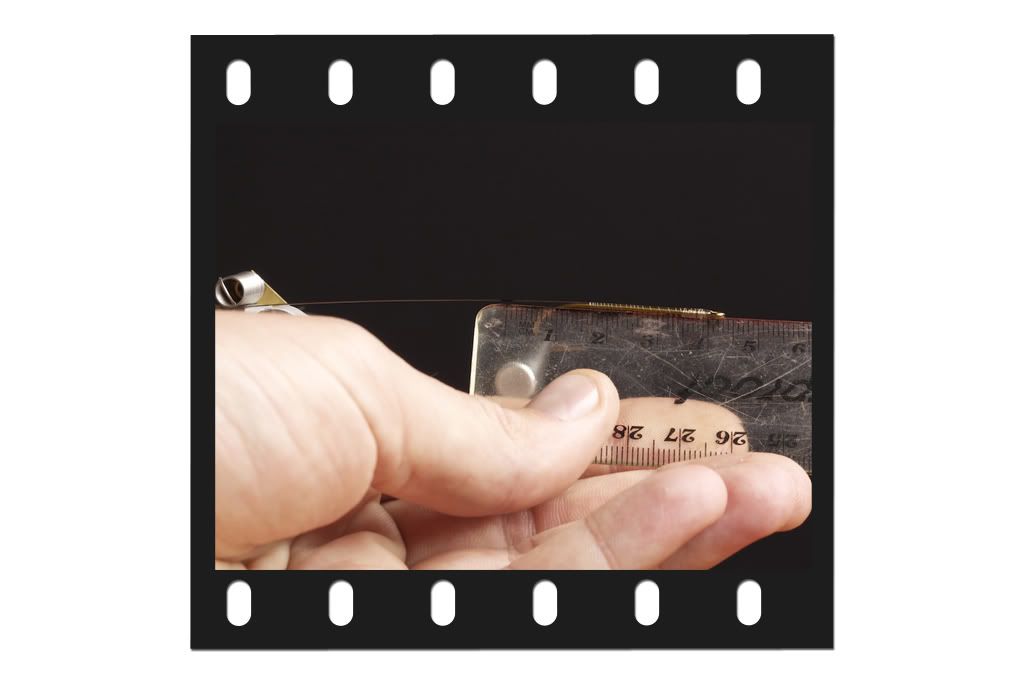
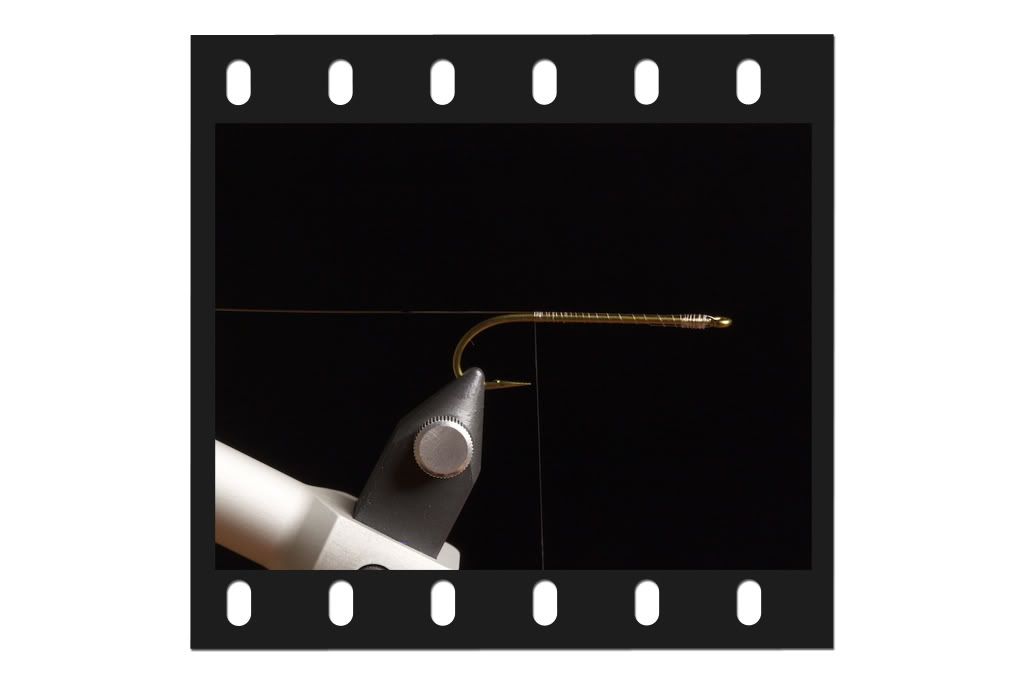



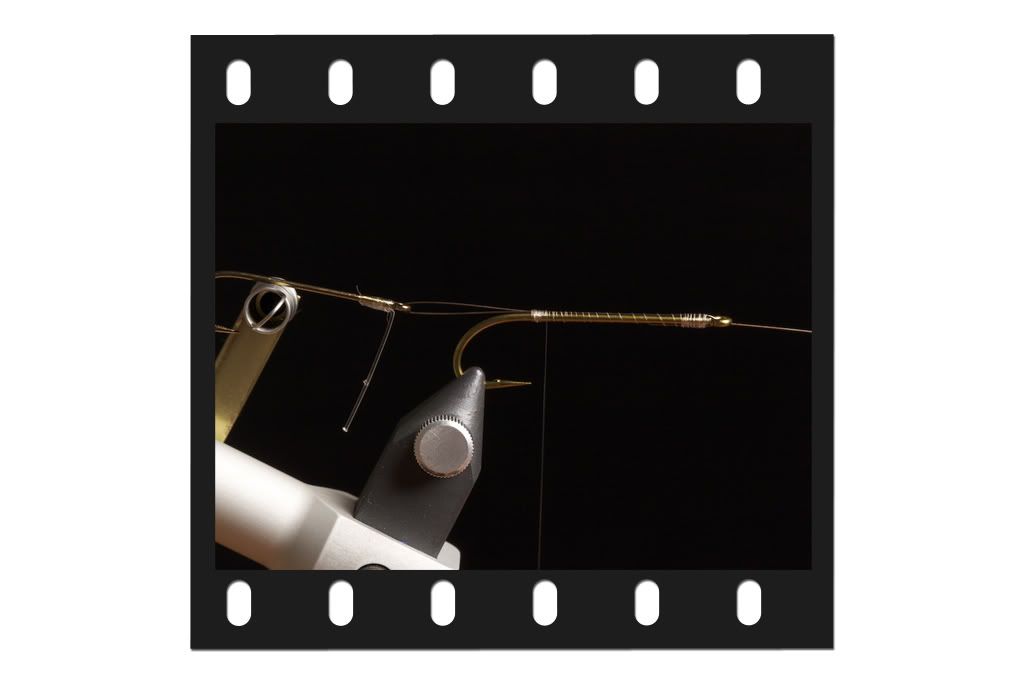

 Reply With Quote
Reply With Quote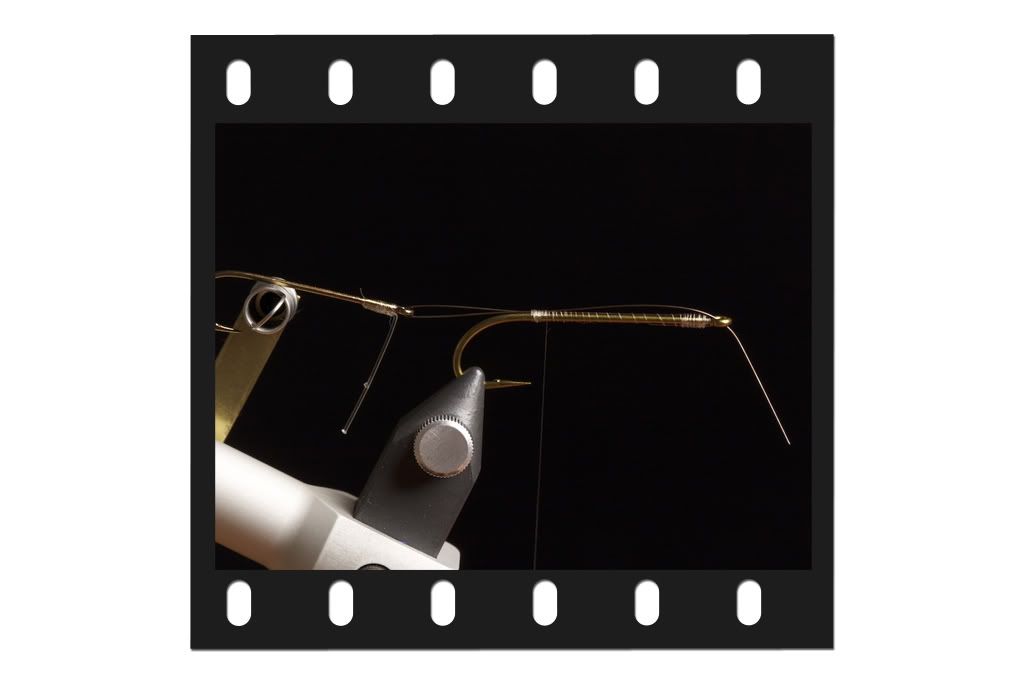




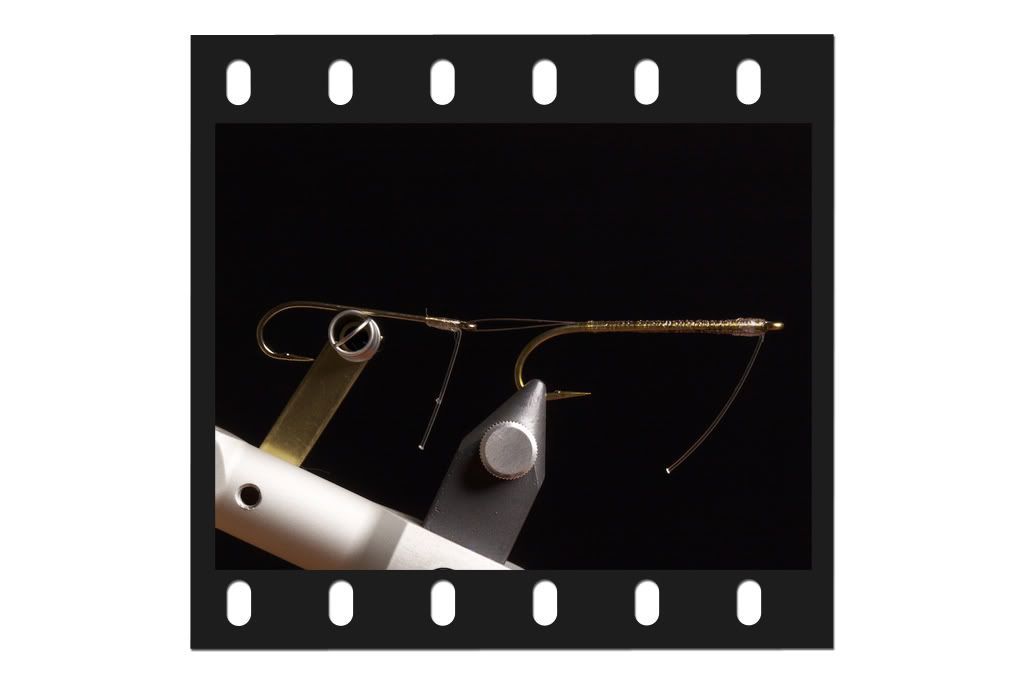






 With mono you will get memory so you loop will become crooked overtime.I also don't like braid, I can just see how that second hook will foul every so often. You want something sturdy (like wire) that keeps everything in place and that will give you that "s" movement. That is the whole trick behind it all.Also, that connection needs to be as thin as possible but still be powerfull enough to hold big fish. Can u imagine the bulk of 29lb mono? The wire I use is only 0.010".
With mono you will get memory so you loop will become crooked overtime.I also don't like braid, I can just see how that second hook will foul every so often. You want something sturdy (like wire) that keeps everything in place and that will give you that "s" movement. That is the whole trick behind it all.Also, that connection needs to be as thin as possible but still be powerfull enough to hold big fish. Can u imagine the bulk of 29lb mono? The wire I use is only 0.010".


Bookmarks